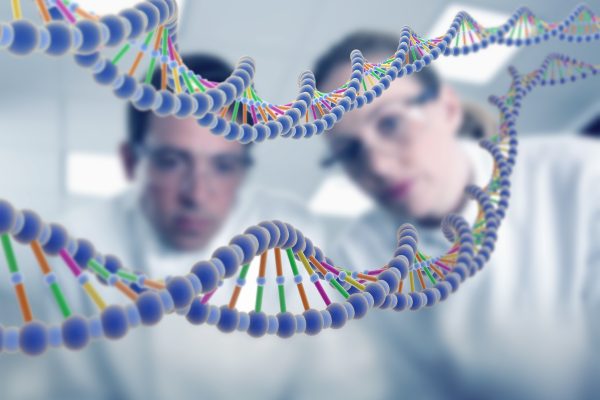
Researchers from the UCLA Jonsson Cancer Center in Los Angeles (USA) have developed a model to predict genitourinary (GU) toxicity from radiation in prostate cancer patients. Results of this study were recently published in the journal Radiotherapy and Oncology.
The current 5-year grade 2 GU toxicities range from 12 to 15% and are consistent across conventionally fractionated radiotherapy (CF-RT) and stereotactic body radiotherapy (SBRT). However, researchers hypothesised that patients exhibit fraction dependent radiosensitivity and associated toxicity. Specifically, the researchers aim to determine if germline single nucleotide polymorphisms disrupting microRNA targets (mirSNPs) can be used as radiation response biomarkers.
The researchers performed the study on germline DNA of 201 patients treated with radiation for prostate cancer. The participants included 108 men who had received CF-RT, and the remaining 93 received SBRT whose germline DNA was assessed for the presence of mirSNPs. Finally, the researchers used random forest, boosted trees, and elastic net models to predict grade 2 GU toxicity as per the radiation therapy oncology group (RTOG) scale.
After a median follow-up of 8.5 years, the study revealed that the late grade ≥2 GU toxicity rate was 16% and 15% after CF-RT and SBRT, respectively. Utilising 22 mirSNPs in CF-RT treated patients, the elastic model identified patients at high (71.5%) and low risk (7.5%) of toxicity with an area under the curve (AUC) values of 0.76-0.81. Likewise, in the case of SBRT patients, the elastic net model identified patients at high (64.7%) and low risk (3.9%) for toxicity, with an AUC of 0.81-0.87.
The study conclusively demonstrated that germline SNPs and predictive models could accurately predict late grade ≥2 GU toxicity after radiation treatment. Prospective studies are required to validate the utility of such models.
Reference